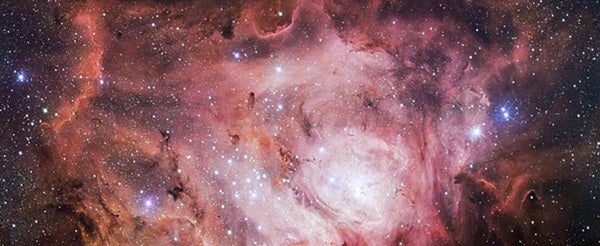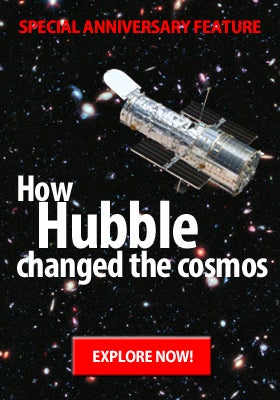Nebulae are often named based on their key characteristics — particularly beautiful examples include the Ring Nebula, the Horsehead Nebula, and the Butterfly Nebula. This new NASA/ESA Hubble Space Telescope image shows the center of the Lagoon Nebula (M8) in the constellation Sagittarius the Archer.
The inspiration for this nebula’s name may not be immediately obvious because the image captures only the very heart of the nebula. The Lagoon Nebula’s name becomes much clearer in a wider-field view when the broad lagoon-shaped dust lane that crosses the glowing gas of the nebula can be made out.
However, even in visible light, the tranquil name remains misleading as the region is packed full of violent phenomena.
The bright star embedded in dark clouds at the center of this image is known as Herschel 36. This star is responsible for sculpting the surrounding cloud, stripping away material and influencing its shape. Herschel 36 is the main source of ionizing radiation for this part of the Lagoon Nebula.
This central part of the Lagoon Nebula contains two main structures of gas and dust connected by wispy twisters, visible in the middle third of this image. These features are quite similar to their namesakes on Earth — they are thought to be wrapped up into their funnel-like shapes by temperature differences between the hot surface and cold interior of the clouds. The nebula is also actively forming new stars, and energetic winds from these newborns may contribute to creating the twisters.
This image combines images taken using optical and infrared light gathered by Hubble’s Wide Field Planetary Camera 2.











